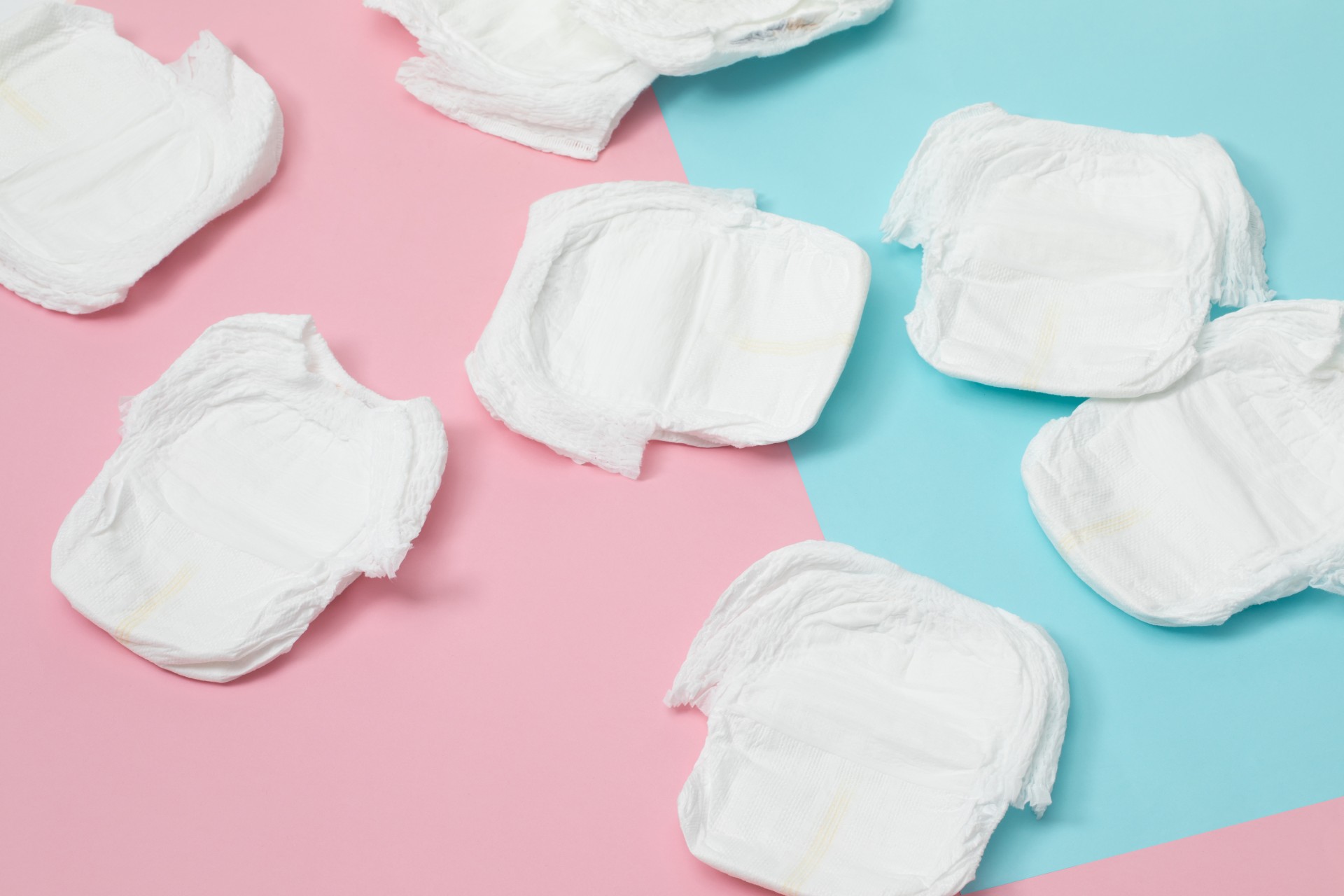1.Performance Requirements: Consider the specific performance requirements of the product. For diapers, factors like absorbency, leakage prevention, breathability, softness, and comfort are critical. Select raw materials that meet these performance criteria to ensure that the final product performs optimally and meets customer expectations.
2.Safety and Compliance: Ensure that the raw materials comply with safety regulations and standards. Diapers come in direct contact with a baby’s delicate skin, so it is essential to choose materials that are hypoallergenic, non-toxic, and free from harmful substances. Compliance with relevant regulations such as CPSIA (Consumer Product Safety Improvement Act) and REACH (Registration, Evaluation, Authorization and Restriction of Chemicals) is crucial.
3.Availability and Supply Chain: Assess the availability and reliability of the raw materials in the market. Consider the supply chain logistics, including sourcing, transportation, and lead times. It is essential to choose raw materials that can be consistently sourced and delivered in a timely manner to avoid production delays or disruptions.
4.Cost-effectiveness: Analyze the cost-effectiveness of the raw materials. Consider both the initial cost and the long-term value they bring to the final product. While cost is an important factor, it should be balanced with the desired quality and performance. Look for opportunities to optimize costs without compromising the overall product attributes.
5.Sustainability: Incorporate sustainability considerations into raw material selection. Evaluate the environmental impact of the materials throughout their life cycle, including sourcing, production, use, and disposal. Choose materials that are environmentally friendly, recyclable, biodegradable, or derived from renewable resources to minimize the carbon footprint and support sustainable manufacturing practices.
6.Supplier Relationships: Build strong relationships with reliable and reputable suppliers. Collaborate with suppliers who can provide consistent quality, technical support, and innovative solutions. Engaging in open communication and establishing a partnership with suppliers can lead to better raw material selection and ongoing improvement in the manufacturing process.



